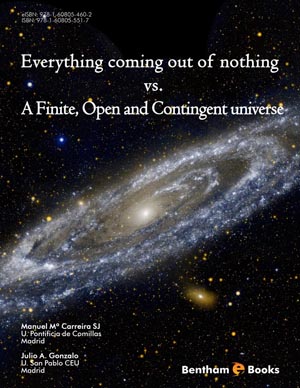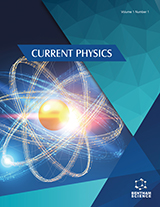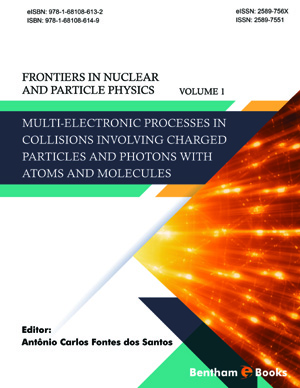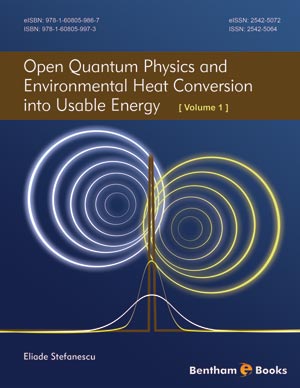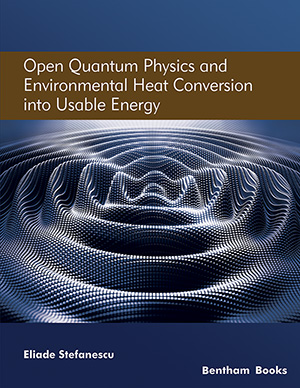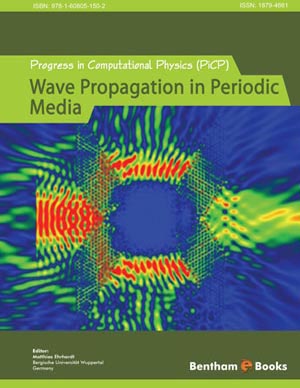Abstract
A new approach to thinking about nature was developed in post-Renaissance Europe embracing an ever increasing body of theoretical and technical knowledge. It was accepted that there was and there is evolution both in “inert” and in living mater. This approach implied interactions ruled by “laws” not externally imposed. It applied to Astronomy, Geology, Physics, Chemistry, Biology and established the basis for the industrial revolution and changed the approach to Medicine, Economy and the transmission of Culture. At earlier periods the human experience of the world was interpreted in terms of mythological and religious models. Then in terms of scientific (formal) geometrical models and finally in models based upon scientific causality (first the mechanical model and then the dual model encompassing Relativity and Quantum Mechanics). The current success of astrophysics can only be expressed in the context of the “cosmological principle”: the universe is homogeneous and isotropic. We can extrapolate our laboratory experiment under the same physical laws to infer the part and predict the future. But science has a proper subject and its own limits.
Keywords: Post-Renaissance Europe, a new approach to nature, science as the basis for the scientific revolution, mythological and religious models, scientific models, cosmological principle, the limits of science, a calendar of selected dates related to science.


